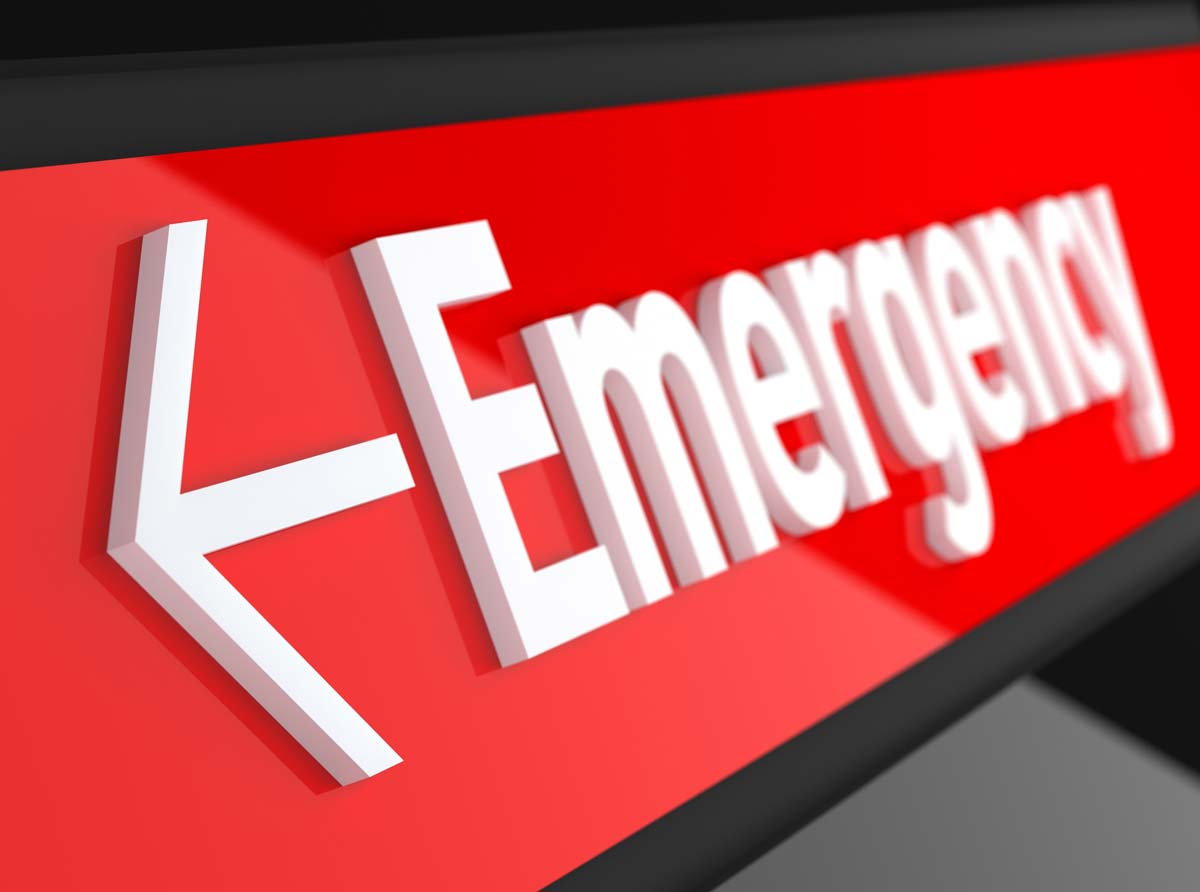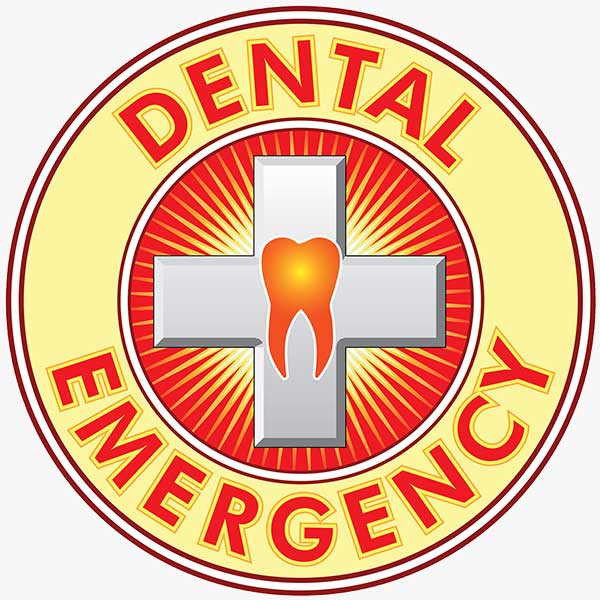
Even if the emergency is minor, it’s always best to call your dentist and know what you should do to move forward. If you are having a dental emergency, and are in the Dallas, TX area, please call 214-956-9100 as soon as possible. If you call after business hours, there is an after-hours-emergency phone number left on our voicemail message for you to call. We are here to help you and will always try and accommodate any last-minute Emergency appointment requests in an expedient manner.
When your dental comfort and health are at risk, we will do everything possible to be sure you are seen and treated as soon as possible. Although dental emergencies are rare, they do happen, and it’s important to have a place you can trust to take good care of you. We don’t want you to be in pain any more than you do!

 Avoid hard foods. Cover the sharp edges of the remaining tooth with dental wax (can be found at your local pharmacy/most grocery stores) or gum to protect the tongue, cheek and gums.
Avoid hard foods. Cover the sharp edges of the remaining tooth with dental wax (can be found at your local pharmacy/most grocery stores) or gum to protect the tongue, cheek and gums. For dental emergencies, we always strive to see you as quickly as is possible. We are here to provide immediate help when you need it. Treatment depends on what is causing your toothache.
For dental emergencies, we always strive to see you as quickly as is possible. We are here to provide immediate help when you need it. Treatment depends on what is causing your toothache.